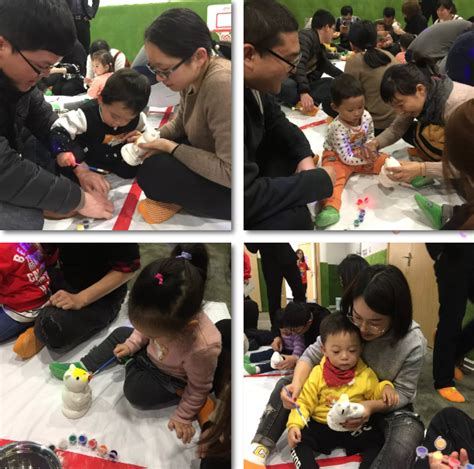Title: Early Childhood Education: Encouraging Walking
In early childhood development, the milestone of walking marks a significant leap in a child's physical and cognitive abilities. Encouraging and supporting this stage is crucial for their overall growth and development. Let's delve into effective strategies for early childhood education focused on promoting walking skills.
Understanding the Importance of Walking in Early Childhood Development
Walking is not just a motor skill; it's a gateway to exploration, independence, and cognitive development. When a child learns to walk, they are not only mastering physical coordination but also enhancing their spatial awareness, problemsolving abilities, and confidence. Here's how walking impacts various aspects of development:
1.
Physical Development:
Walking strengthens muscles, improves balance, and enhances coordination, laying the foundation for further physical activities and sports.
2.
Cognitive Development:
As children walk, they learn about spatial relationships, causeandeffect (e.g., if I take a step, I move forward), and object permanence (understanding that objects exist even when they can't be seen).
3.
Social and Emotional Development:
Walking allows children to explore their surroundings, interact with peers, and develop social skills such as sharing, taking turns, and empathy.
Strategies to Encourage Walking in Early Childhood Education
1.
Provide a Safe Environment:
Create a safe and conducive space for children to practice walking. Remove hazards, such as sharp objects or slippery floors, and ensure ample space for exploration.
2.
Encourage Tummy Time:
Before walking, crawling serves as an essential precursor. Encourage tummy time from infancy to strengthen core muscles and develop the skills necessary for walking.
3.
Use Supportive Equipment:
Utilize supportive equipment like walkers, push toys, or furniture to assist children in standing and taking their first steps. However, ensure these tools are safe and meet recommended standards.
4.
Offer Motivation:
Use toys, colorful objects, or sounds to motivate children to walk towards them. Make walking an exciting and rewarding experience by celebrating their progress and achievements.
5.
Model Walking:
Children learn by imitation. Demonstrate walking techniques and encourage them to mimic your movements. Be patient and provide gentle guidance as they learn to walk independently.
6.
Incorporate Movement into Daily Activities:
Integrate walking and movement into daily routines and structured activities. Incorporate songs, dances, or games that involve walking to make it enjoyable and engaging.
7.
Promote Outdoor Exploration:
Take children outdoors to explore different terrains and environments. Nature walks not only encourage walking but also stimulate curiosity and sensory exploration.

8.
Provide Frequent Opportunities:
Allow children plenty of opportunities to practice walking throughout the day. Avoid excessive use of restrictive equipment like strollers or carriers, as they may hinder walking development.
9.
Support Individual Pace:
Every child develops at their own pace. Encourage and support each child based on their unique abilities and progress. Avoid comparisons and focus on celebrating each child's achievements.
10.
Collaborate with Parents:
Involve parents in the process by providing guidance on how they can support walking development at home. Share resources, tips, and milestones to ensure continuity between home and early childhood education settings.
Conclusion
Encouraging walking in early childhood education is not just about physical mobility; it's about nurturing holistic development. By providing a safe and supportive environment, offering motivation and opportunities for practice, and collaborating with parents, educators can help children navigate this important milestone with confidence and joy. Walking is not just a step; it's a giant leap towards a lifetime of learning and exploration.





